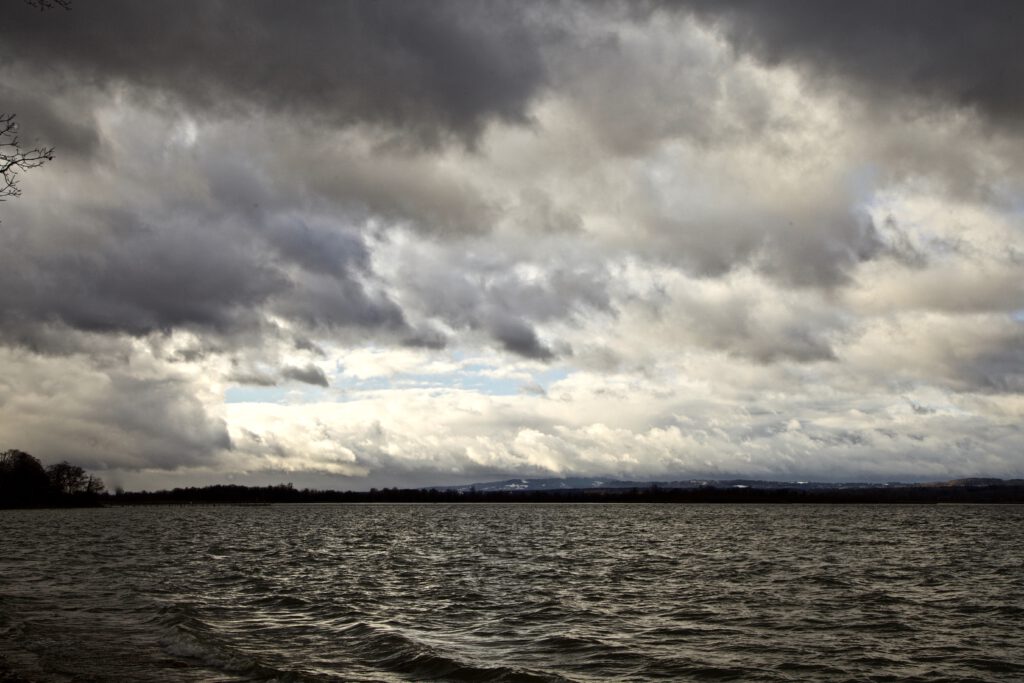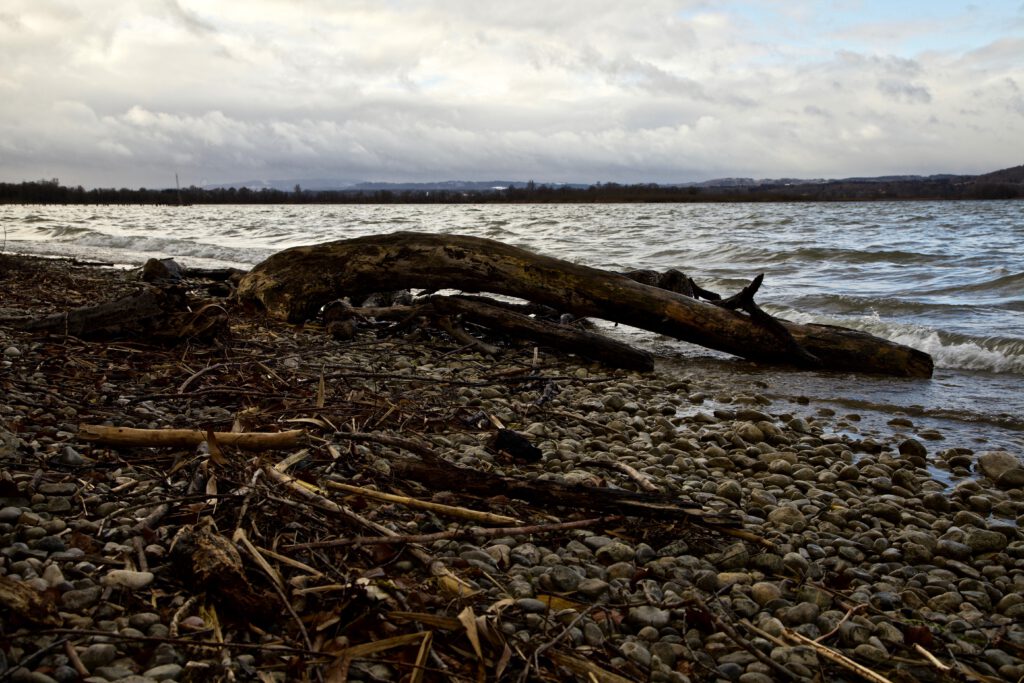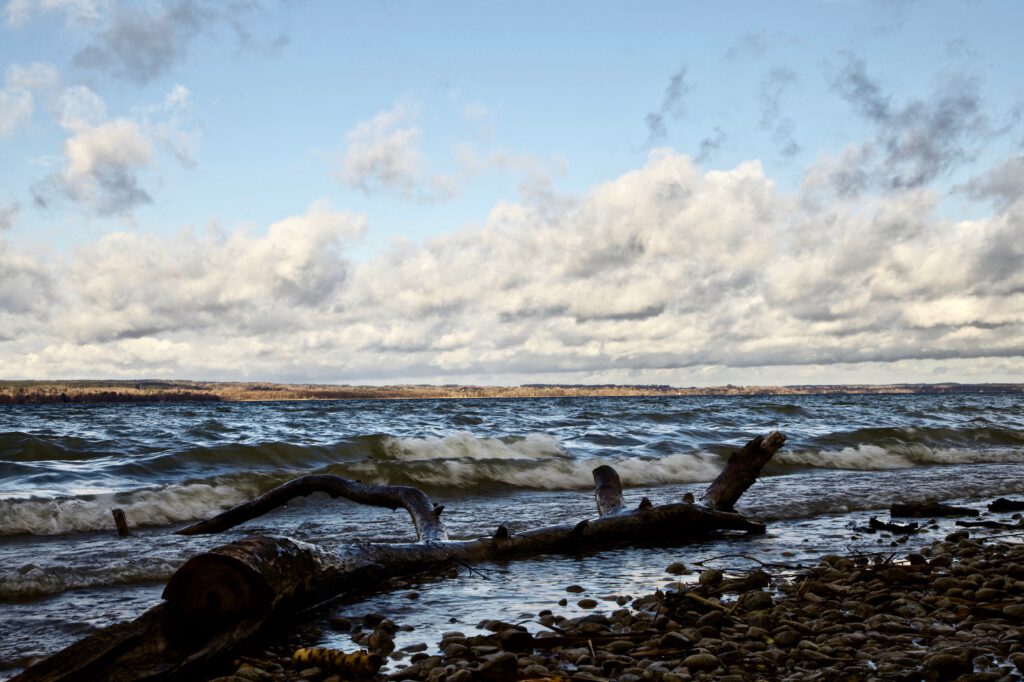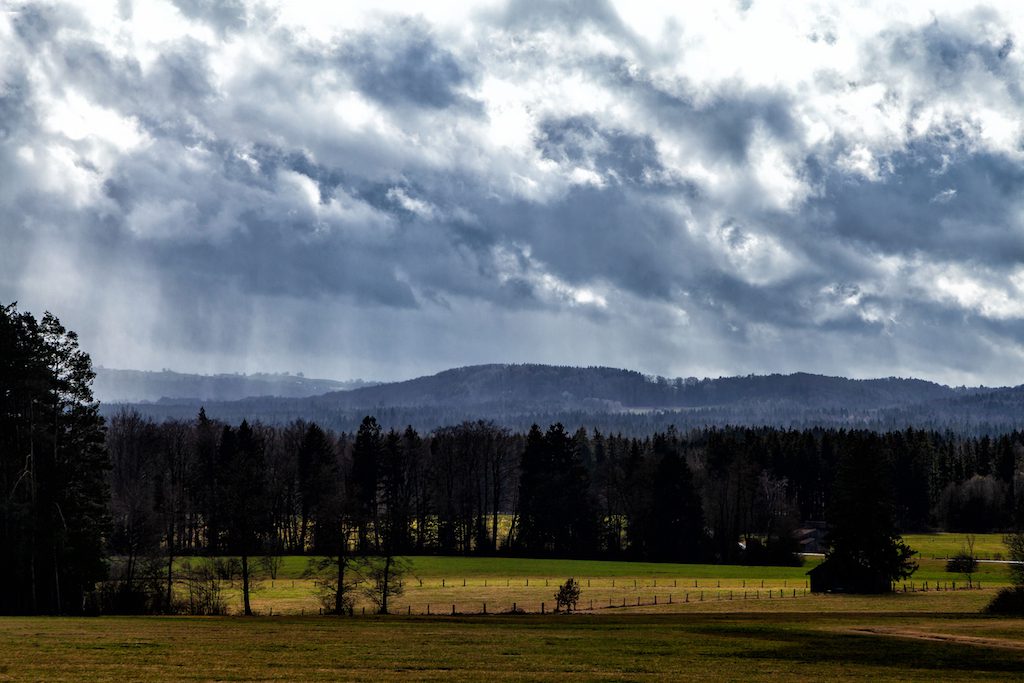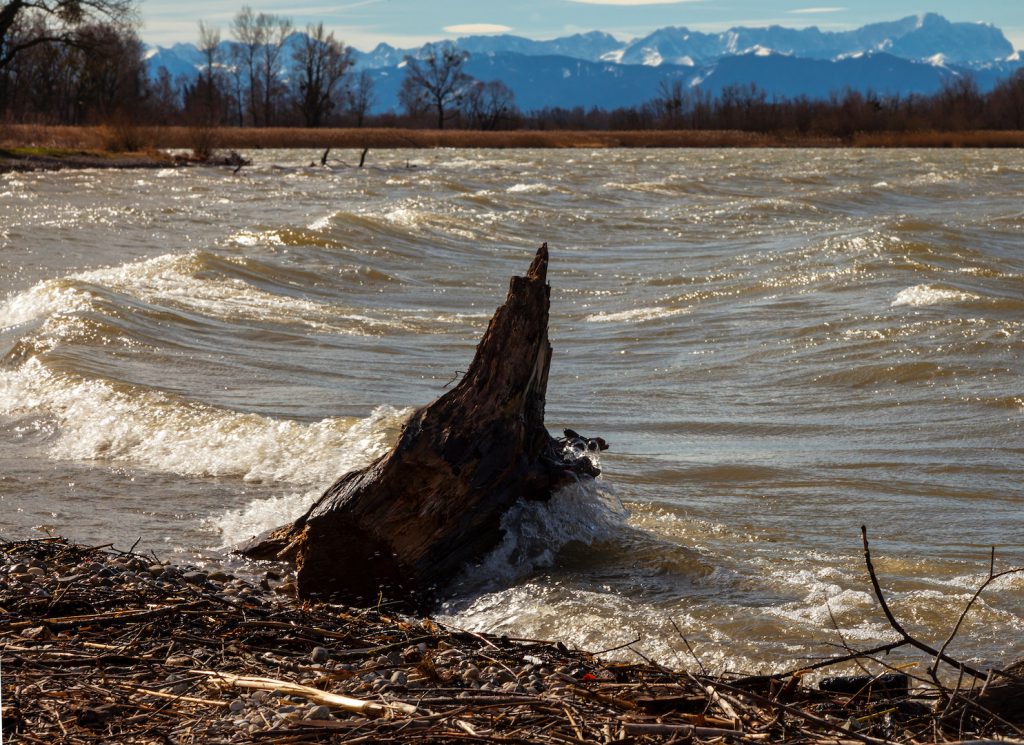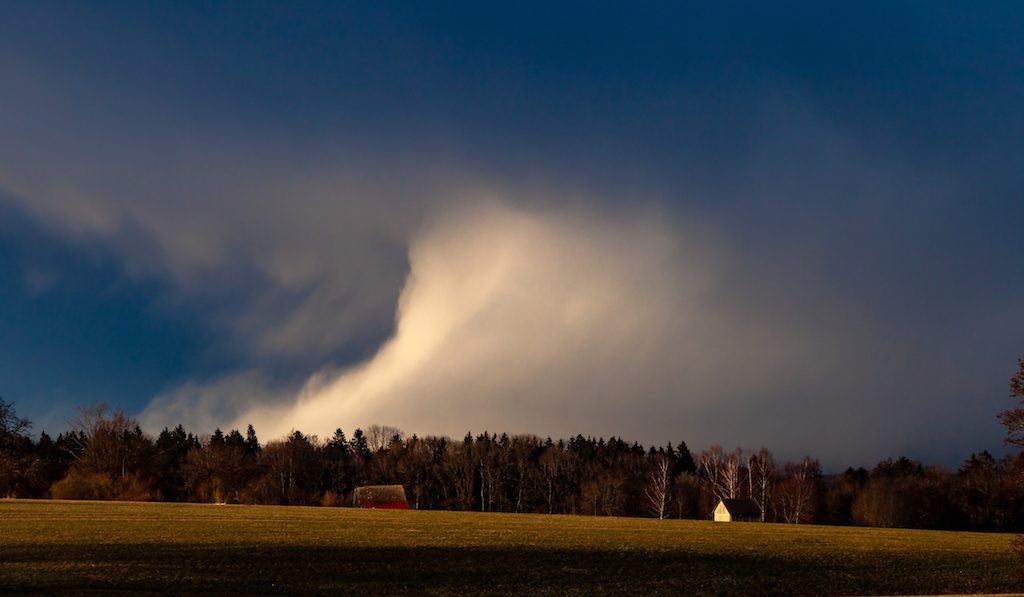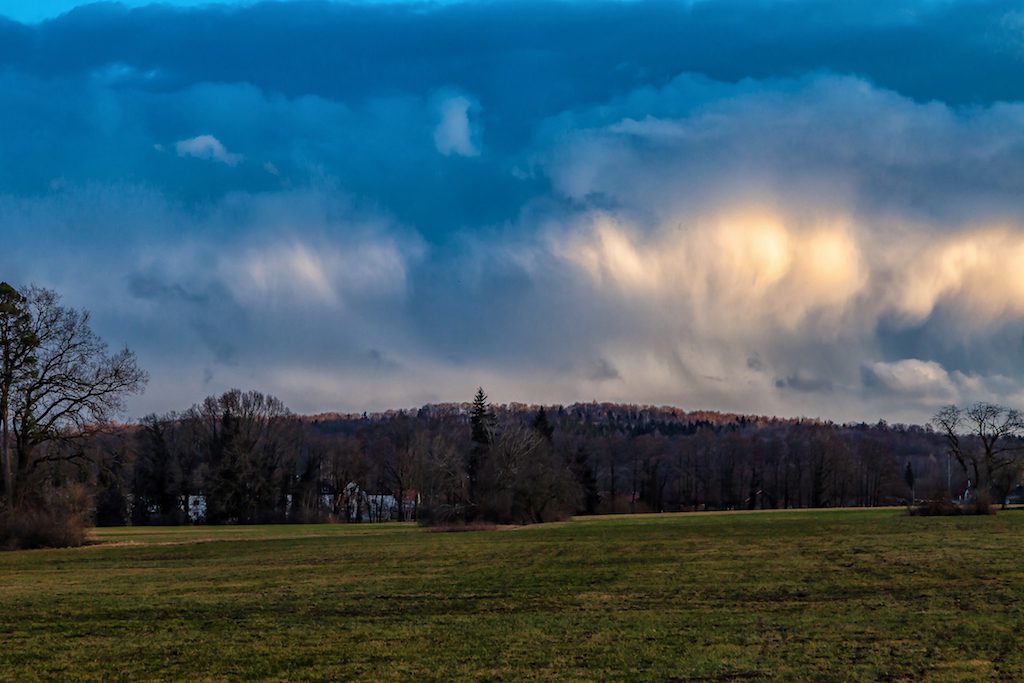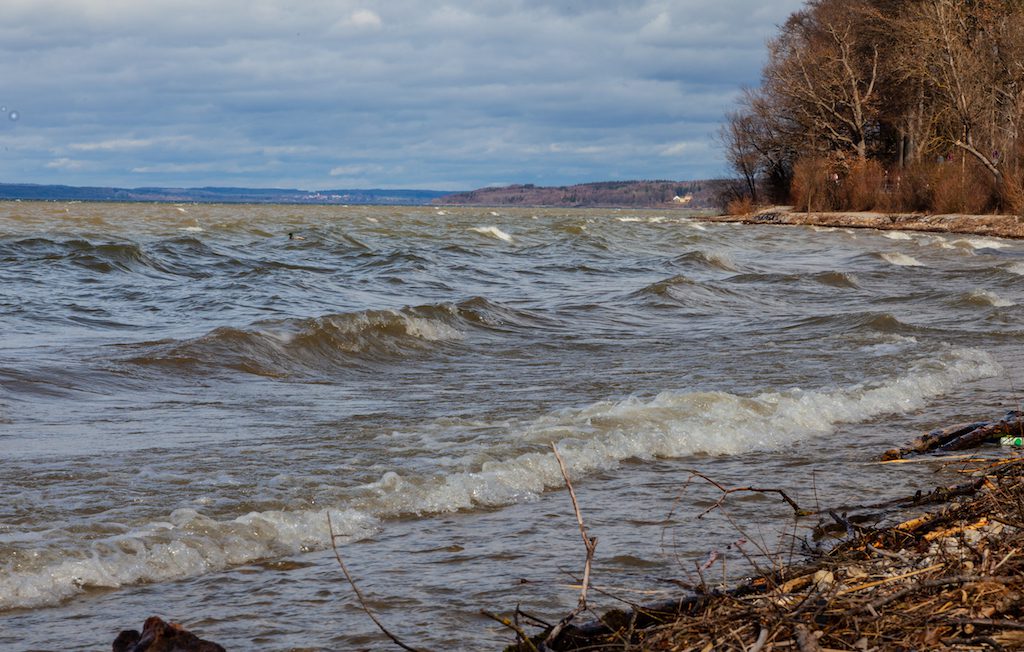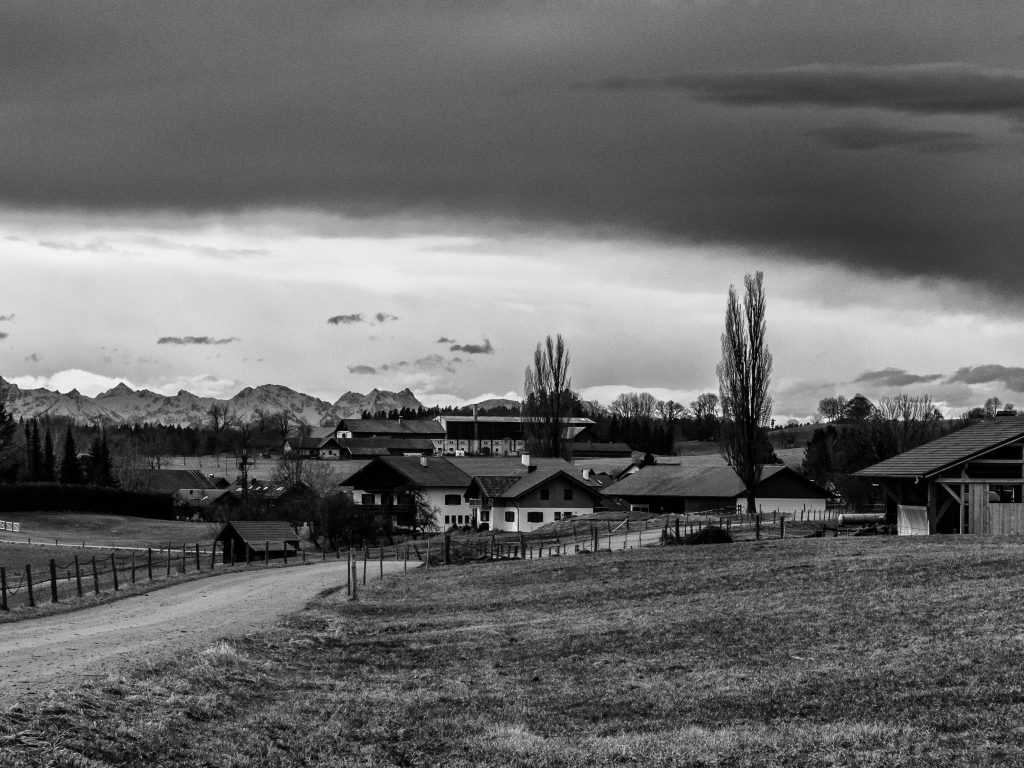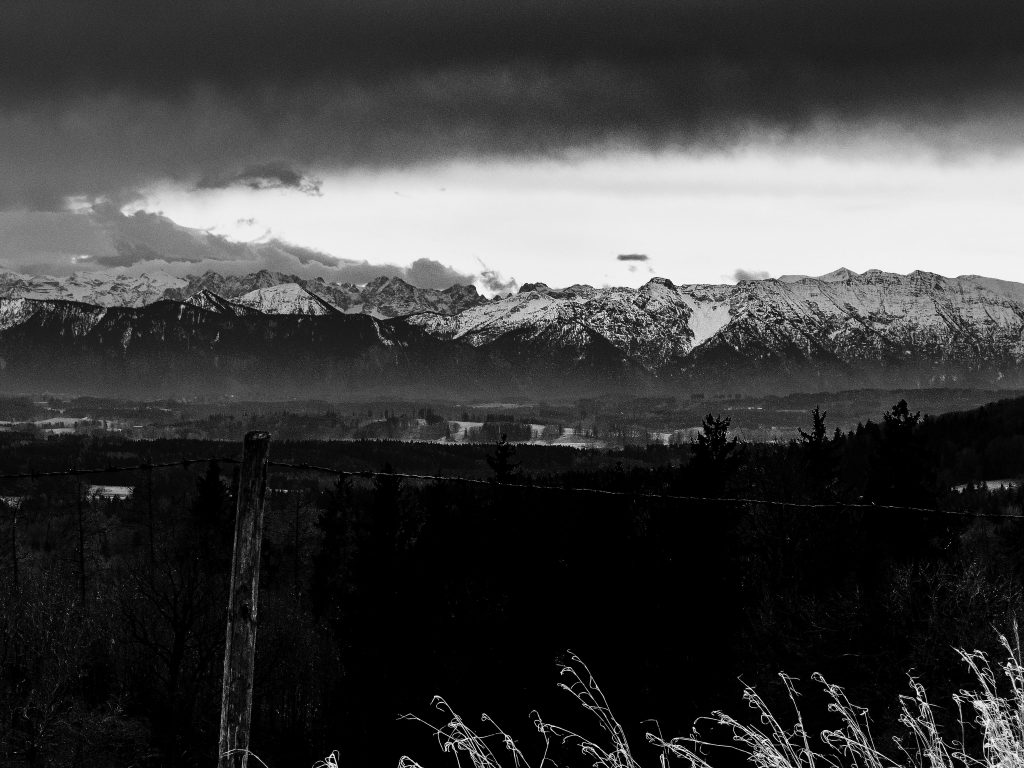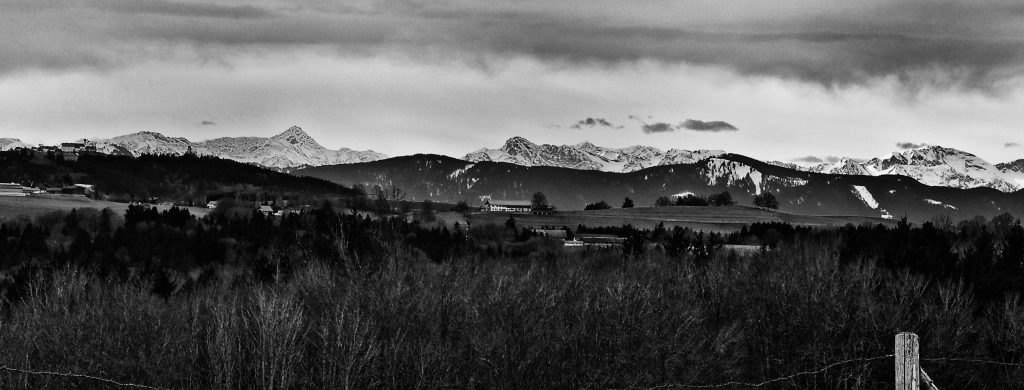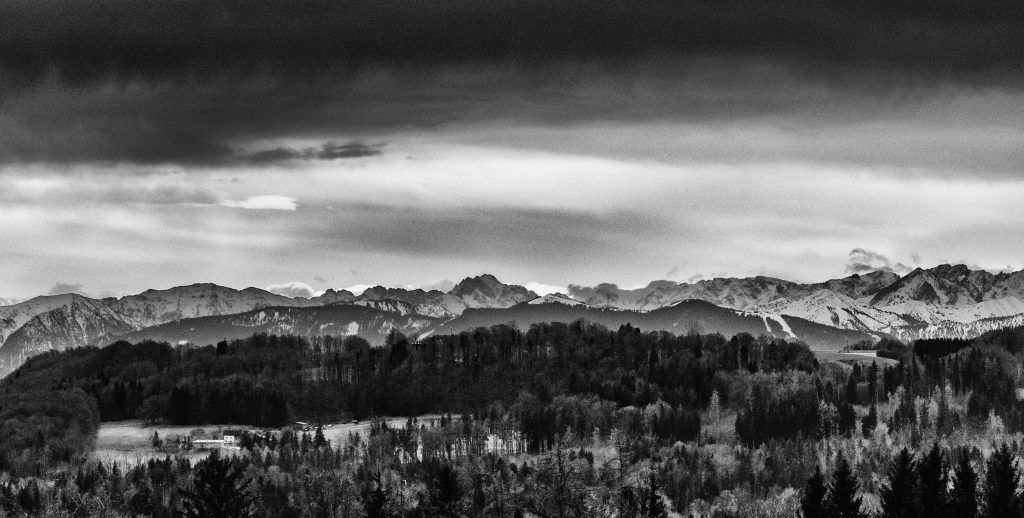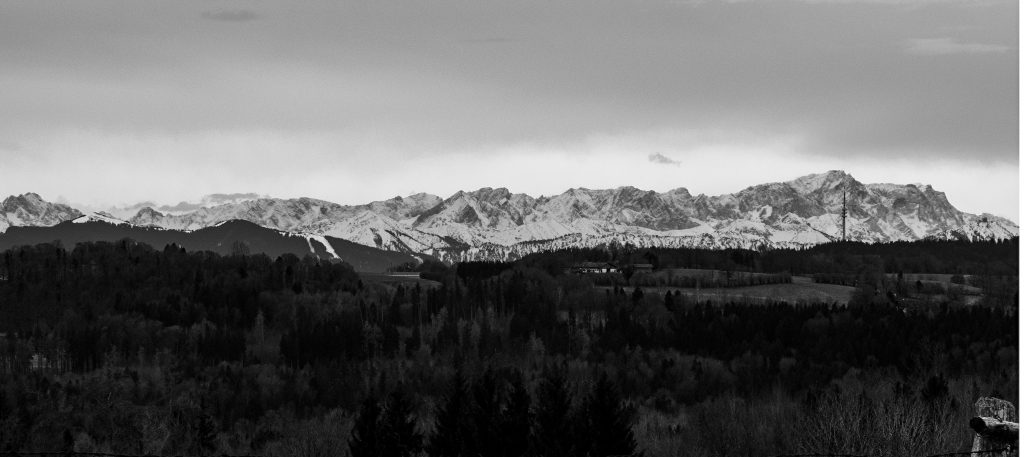An Alpine Winter Wonderland And The Different Forms Of White Frost
Peter Engelmann, January 2025
Trees, Bushes, and grass frozen with layers of hoarfrost are great motives. Landscape photographers love these meteorological phenomena because they create fantastic, enchanted landscapes. True magic Winter Wonderland.
On January 1, 2025, such extraordinary scenery could be explored in an Alpine Valley close to the famous Ettal-monastery in Bavaria.
The Graswang Valley is always a spectacular spot for photographers and filmmakers. It begins with a grand rocky mountains-like scenery and a road leads to one of the fairytale-king Ludwig II’s beloved castles, Linderhof.
It’s no wonder the region has a reputation as a romantic fairytale country that also inspired artists. It is in midst of the nature park Ammergauer Alps. Here is the highly recommended website for further informations: https://www.ammergauer-alpen.de/
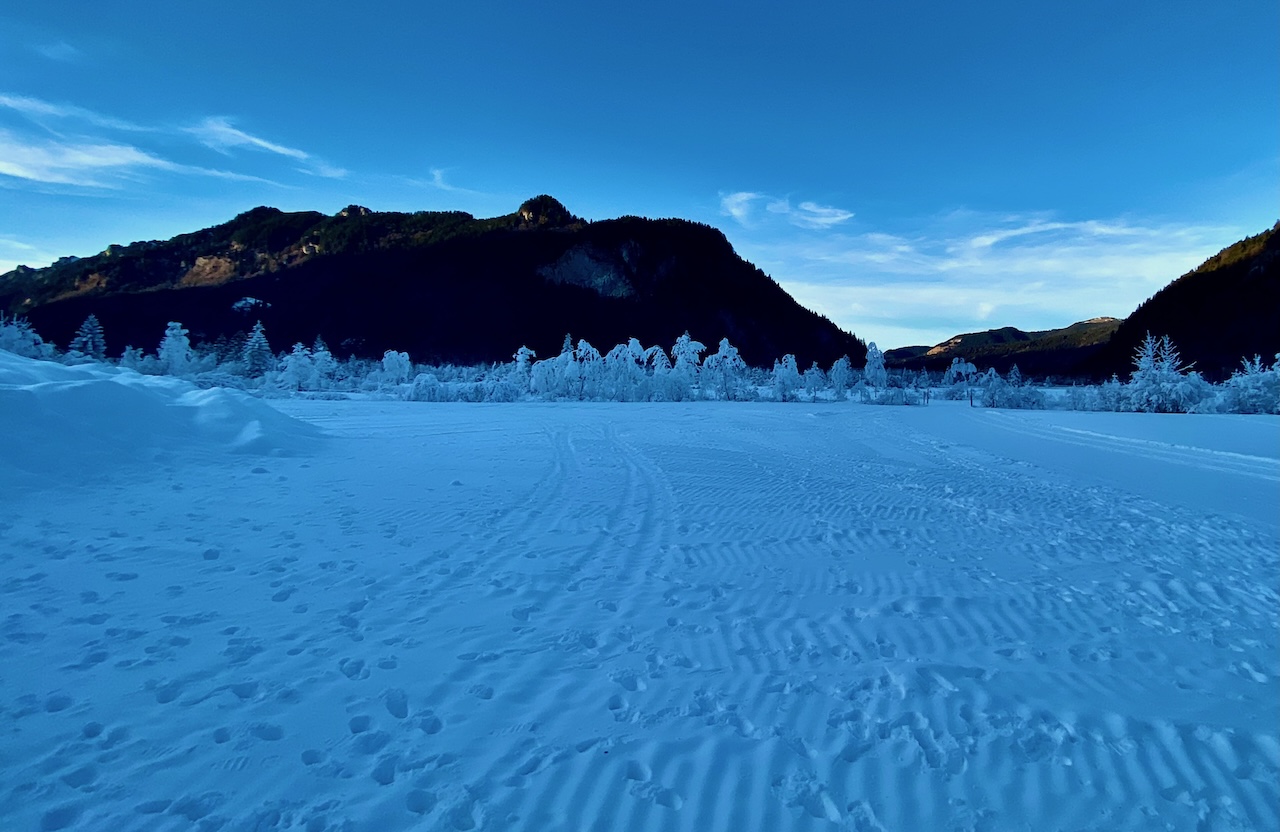
But some days make it even more fascinating and let us forget our modern rational world even if a lot of traffic due to tourism is never far away.
Weather plays a huge part in this.
Around Christmas and New Year 2025, Middle Europe and Southern Germany were under a long-lasting high-pressure system and a so-called inversion layer. This means that temperatures on top of mountains were higher and temperatures in valleys or lower parts of the country remained low. These inversion layers in Winter lead to a lot of fog.
The fog is very different: It can be more like clouds when there is high fog (low stratus). Mountain highs are often above this fog and from atop the fog it looks like a sea of fog. Or it is a grey cloud cover if you are in a valley. Sometimes there are sheets of ground fog with limited sight or constant changes with a milky sun breaking through the fog over midday.
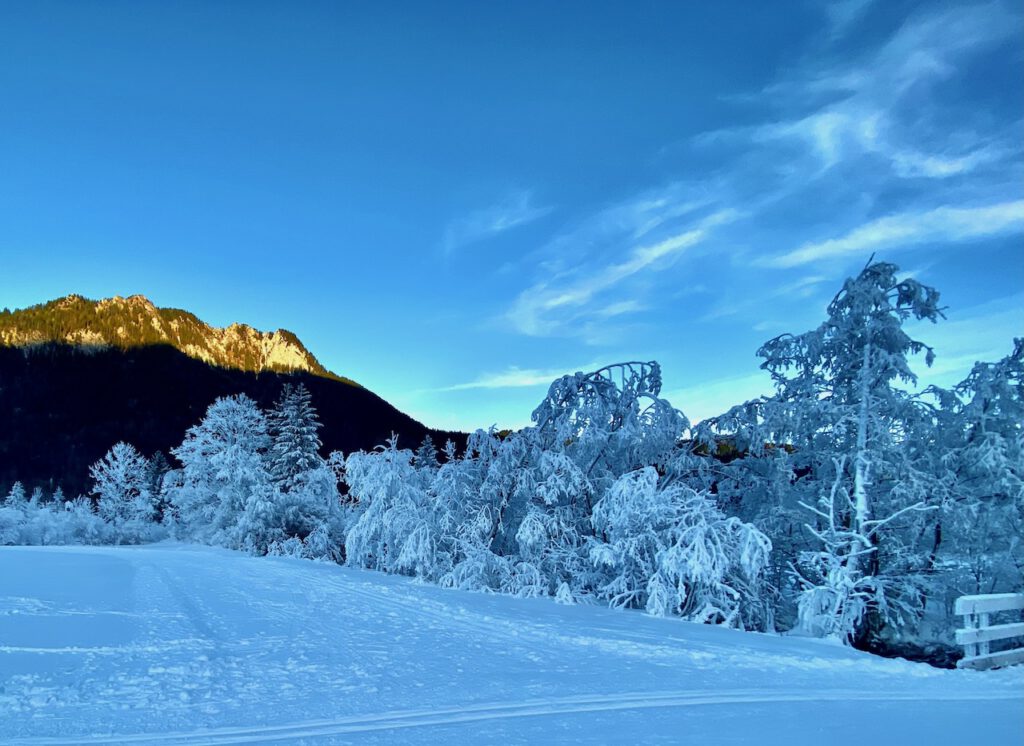
Wet areas like bog or stream valleys often create their own microclimate with fog. In the Graswang valley, there is not only the Ammer but a number of springs and lots of smaller streams coming from the mountains and wetlands – perfect conditions for fog and hoarfrost.
But why do these layers of ice-crystals around trees and branches so thick?
One possibility:
Fog creates its special sort of hoarfrost which is in German called “Raueis”, ROUGH ICE. It is a bit different than the original hoar frost.
Rough Ice emerges when fog freezes. Fog consists of very small water droplets. If these droplets come in contact with colder surfaces rough ice is created whereas hoar frost is a frozen precipitation of water vapor in ice form.
Rough Ice and rime are hexagonal crystals of frozen water. The bond between hydrogen and oxygen creates this hexagonal shape, which is transparent but appears white due to the diffuse reflection.
This makes hoar frost and rough ice so fascinating for photographers. Combined with some snow and stable cold weather conditions which add more and more ice crystals we can experience these magical landscapes.
If you want to take such pictures it’s good to follow weather reports – and often be there in the morning. The sun usually melts the ice on the trees quickly.
Topography
One of the special circumstances here in the valley is that during winter the sun never reaches the bottom of the valley in some parts. So, if you look for these types of scenery a valley or gorge with a stream where in Winter the shadow of the mountains is there all day is a good option. The valley runs from the West to the East and has openings here to the East which affects airflow too.
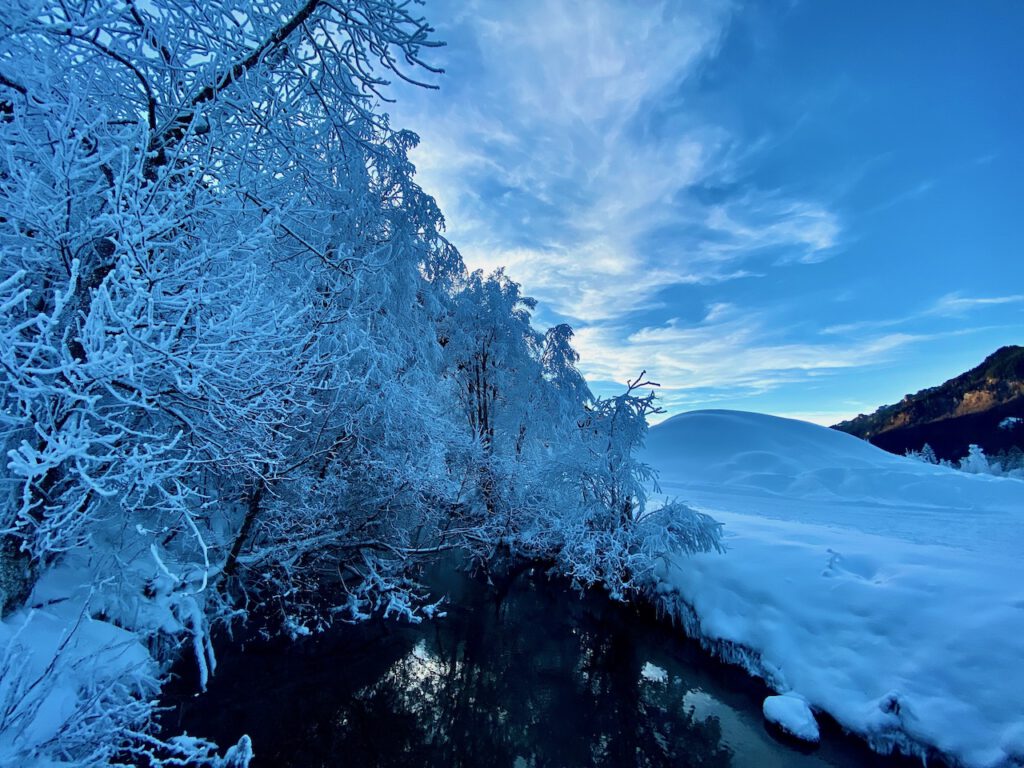
Cold temperatures and shadow all day on the Southern side of the valley.
Great motives in the neighbourhood: Ettal Abbey
Always worth a visit. The Ettal Abbey is close to the Graswang valley. The Ettal Abbey was found in 1330. Today 50 monks live in the Benedictine monastery. The impressive building is a baroque rebuilding after the original building was destroyed. On the other side the road through the Graswang valley leads to the famous Linderhof Castle, the German austrian border and the Plansee, a long alpine lake.
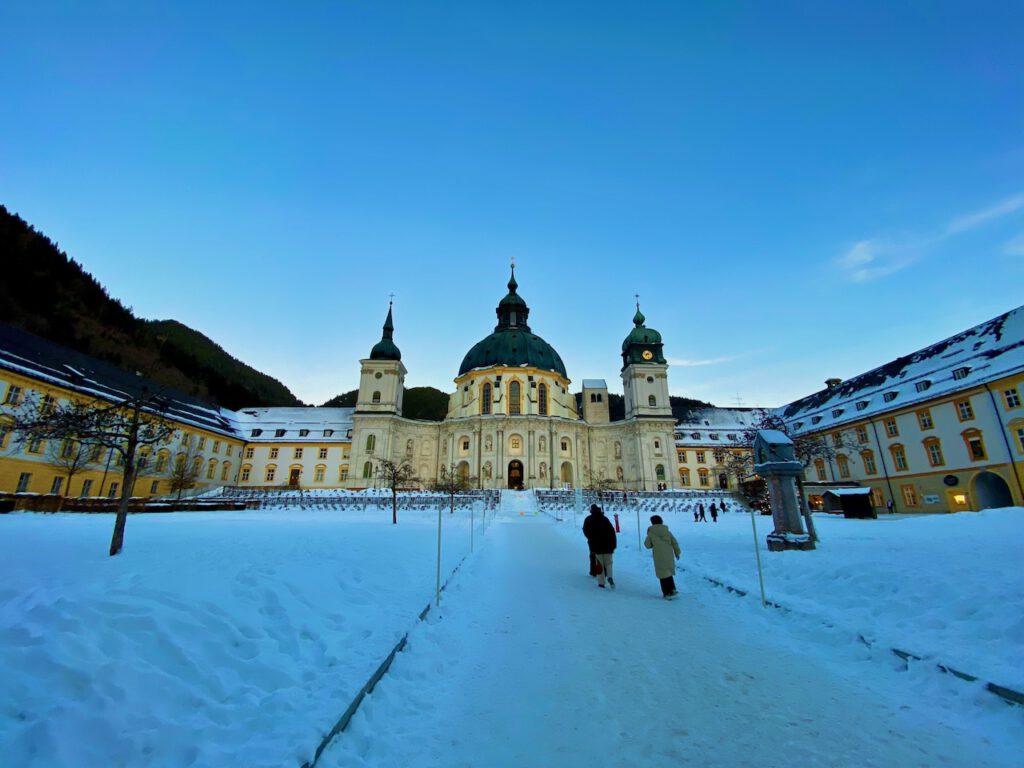
DIRECTIONS
The Graswang Valley is accessible from Garmisch Partenkirchen, from Oberammergau and from Reutte, Tyrol.
Trains stop in Garmisch Partenkirchen and Oberammergau. From Oberammergau there is a bus, Line 9622. During summer a special attraction is the “Ringbus” a special bus for tourists and hikers starting in Oberau.
